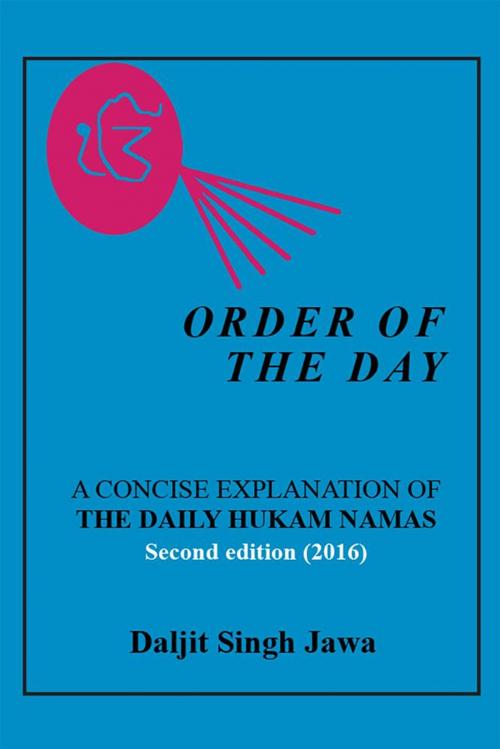| Author: | Daljit Singh Jawa | ISBN: | 9781514486948 |
| Publisher: | Xlibris US | Publication: | November 11, 2016 |
| Imprint: | Xlibris US | Language: | English |
| Author: | Daljit Singh Jawa |
| ISBN: | 9781514486948 |
| Publisher: | Xlibris US |
| Publication: | November 11, 2016 |
| Imprint: | Xlibris US |
| Language: | English |
In Appreciation No matter what the occasion, every Sikh religious service concludes with the reading of a hymn from the Guru Granth. Sikhs in attendance listen to it most raptly so as to understand this guiding message from the Guru Granth. But understanding the sacred poetry of Gurbani is not always so easy. At least four complete translations in English of the entire Guru Granth existby Manmohan Singh, Gopal Singh, Gurbachan Singh Talib, and Pritam Singh Chahalalong with many excellent translations of selections of Gurbani. However, Daljit Singh Jawas work is different.Mr. Jawa does not provide a literal translation of the entire shabad. Instead he gives the central idea of the shabad followed by a commentary on its theme and essential meaning. This would automatically enhance an understanding of the shabad. Sikhism teaches that the only way for a Sikh to talk to his Guru, the only way that the Guru in the Guru Granth comes alive is when a Sikh reads and tries to understand the word of the Guru. Mr. Jawas work - a labor of love - is an attempt to facilitate the latter. Sikh tradition dictates that this hymn is the one on the left page when the Guru Granth is opened at random, which usually means the middle half or so of the Guru Granth. Mr Jawas novel attempt takes advantage of this and his book covers only the first shabad on the left (even numbered) folia from pages 300 to 1100. Sikhs everywhere will find this book most useful as long as they are not content merely to read it as the final word but take it as a guide to foster further thinking and understanding about what they are reading. I. J. Singh, DDS, PhD, August 12, 1995, New York
In Appreciation No matter what the occasion, every Sikh religious service concludes with the reading of a hymn from the Guru Granth. Sikhs in attendance listen to it most raptly so as to understand this guiding message from the Guru Granth. But understanding the sacred poetry of Gurbani is not always so easy. At least four complete translations in English of the entire Guru Granth existby Manmohan Singh, Gopal Singh, Gurbachan Singh Talib, and Pritam Singh Chahalalong with many excellent translations of selections of Gurbani. However, Daljit Singh Jawas work is different.Mr. Jawa does not provide a literal translation of the entire shabad. Instead he gives the central idea of the shabad followed by a commentary on its theme and essential meaning. This would automatically enhance an understanding of the shabad. Sikhism teaches that the only way for a Sikh to talk to his Guru, the only way that the Guru in the Guru Granth comes alive is when a Sikh reads and tries to understand the word of the Guru. Mr. Jawas work - a labor of love - is an attempt to facilitate the latter. Sikh tradition dictates that this hymn is the one on the left page when the Guru Granth is opened at random, which usually means the middle half or so of the Guru Granth. Mr Jawas novel attempt takes advantage of this and his book covers only the first shabad on the left (even numbered) folia from pages 300 to 1100. Sikhs everywhere will find this book most useful as long as they are not content merely to read it as the final word but take it as a guide to foster further thinking and understanding about what they are reading. I. J. Singh, DDS, PhD, August 12, 1995, New York















